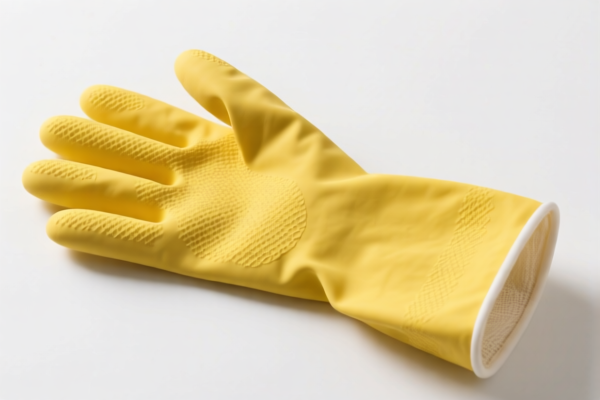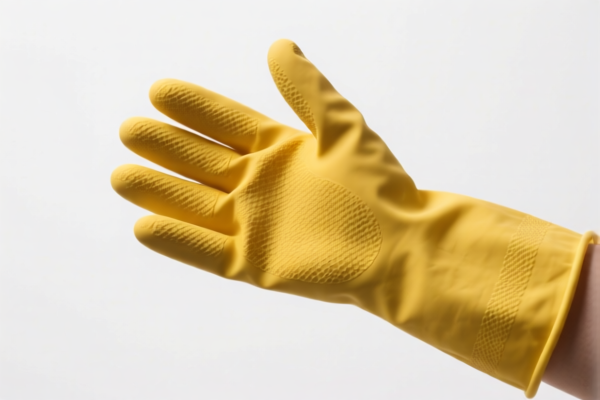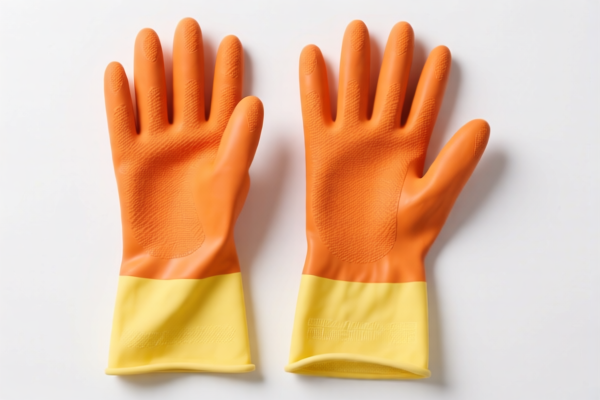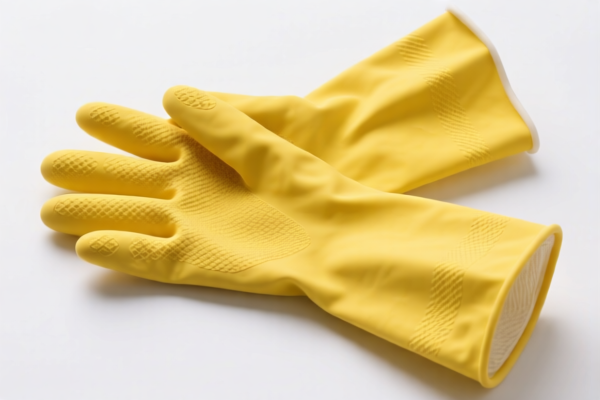| HS Code | Official Doc | Tariff Rate | Origin | Destination | Effective Date |
|---|---|---|---|---|---|
| 6216000500 | Doc | 37.5% | CN | US | 2025-05-12 |
| 6216002600 | Doc | 44.5% | CN | US | 2025-05-12 |
| 6217109550 | Doc | 52.1% | CN | US | 2025-05-12 |
| 6217909095 | Doc | 52.1% | CN | US | 2025-05-12 |
| 3926201010 | Doc | 30.0% | CN | US | 2025-05-12 |
| 3926201010 | Doc | 30.0% | CN | US | 2025-05-12 |
| 3923900080 | Doc | 58.0% | CN | US | 2025-05-12 |
| 3923500000 | Doc | 60.3% | CN | US | 2025-05-12 |




Electric Welding Gloves
Electric welding gloves are specialized hand protection designed to safeguard welders from a variety of hazards associated with welding processes, primarily electrical shock, burns, and radiation. They are a critical component of a welder's personal protective equipment (PPE).
Material
The construction of electric welding gloves typically involves multiple layers to provide comprehensive protection:
- Outer Layer: Commonly made from heavy-duty, durable materials like split leather (cowhide, goatskin) or reinforced synthetic materials. Leather offers abrasion resistance, flexibility, and good heat resistance. Synthetic materials can provide resistance to specific chemicals and offer a lighter weight option.
- Insulating Layer: This is the core protective element. It’s usually composed of materials like Nomex, leather, or other high-temperature resistant fabrics. The thickness and quality of this layer determine the voltage protection level.
- Inner Lining: Often made of cotton flannel or similar comfortable materials to absorb sweat and enhance comfort during extended use. Some gloves include moisture-wicking fabrics.
Purpose & Function
- Electrical Shock Protection: The primary function is to insulate the welder from dangerous electrical currents.
- Thermal Protection: Protects against intense heat, sparks, spatter, and molten metal.
- Burn Prevention: Reduces the risk of burns from radiant heat and contact with hot surfaces.
- Abrasion Resistance: Withstands the wear and tear of welding operations.
- UV Radiation Protection: Shields hands from harmful ultraviolet (UV) radiation produced during arc welding.
Usage Scenarios
- Arc Welding (SMAW/Stick, GMAW/MIG, GTAW/TIG): Essential for all types of arc welding.
- Flux-Cored Arc Welding (FCAW): Provides protection from spatter and high heat.
- Submerged Arc Welding (SAW): Used in automated welding processes with high current.
- Plasma Cutting/Welding: Offers protection from the arc and molten metal.
- General Industrial Welding: Suitable for a wide range of welding applications.
Common Types
- Stick Welding Gloves: Generally heavier and thicker for higher insulation, designed for the rugged demands of stick welding.
- MIG/TIG Welding Gloves: Often more flexible and offer greater dexterity for precision welding. They may have thinner gauntlets.
- Gauntlet Gloves: Extend further up the forearm for increased protection. Available in various lengths.
- Reinforced Gloves: Feature additional layers of reinforcement in high-wear areas like the palm and fingertips.
- Leather vs. Synthetic Gloves: Leather provides better overall protection and durability, while synthetic gloves offer lighter weight and chemical resistance.
- Voltage Class Gloves: Gloves are rated based on the maximum voltage they can safely handle (e.g., 400V, 600V, 1000V). Selection depends on the welding application and power source.
It is crucial to inspect gloves before each use for holes, cracks, or damage and to replace them if any defects are found. Proper care and maintenance are also essential to prolong their lifespan and ensure continued protection.
Electric welding gloves fall under the category of protective gloves designed for use during electric welding processes. They are typically made of materials that provide insulation and heat resistance to protect the wearer's hands from burns and electrical shock.
The following HS codes are relevant based on the provided reference material:
-
6216000500: Gloves, mittens and mitts: Impregnated, coated or covered with plastics or rubber: Ice hockey gloves and field hockey gloves. While not specifically welding gloves, this code covers gloves coated or covered with rubber or plastics, which is a common characteristic of welding gloves for insulation.
- 62: Chapter 62 – Articles of apparel and clothing accessories, not knitted or crocheted.
- 16: Heading 6216 – Gloves, mittens and mitts.
- 000500: Subheading 62160005 – Ice hockey gloves and field hockey gloves. This is a specific type of coated glove.
-
6216002600: Gloves, mittens and mitts: Impregnated, coated or covered with plastics or rubber: Other: Without fourchettes: Other: Other. This code covers other types of coated gloves, potentially including welding gloves not specifically categorized as ice hockey or field hockey gloves.
- 62: Chapter 62 – Articles of apparel and clothing accessories, not knitted or crocheted.
- 16: Heading 6216 – Gloves, mittens and mitts.
- 002600: Subheading 62160026 – Other, without fourchettes, other. This covers a broader range of coated gloves.
-
3926201010: Other articles of plastics and articles of other materials of headings 3901 to 3914: Articles of apparel and clothing accessories (including gloves, mittens and mitts): Gloves, mittens and mitts: Seamless Surgical and medical. If the electric welding gloves are seamless and intended for a specific medical or protective application (beyond general welding), this code may be applicable.
- 39: Chapter 39 – Plastics and articles thereof.
- 26: Heading 3926 – Other articles of plastics and articles of other materials.
- 201010: Subheading 39262010 – Articles of apparel and clothing accessories, including gloves, mittens and mitts: Seamless Surgical and medical. This specifically covers seamless surgical and medical gloves.
Regarding HS code 6216000500 and 6216002600, please note that the total tax rate is 37.5% and 44.5% respectively, with a potential increase to 30% after April 2, 2025. Regarding HS code 3926201010, the total tax rate is 30.0% and will increase to 30% after April 2, 2025.
Customer Reviews
No reviews yet.